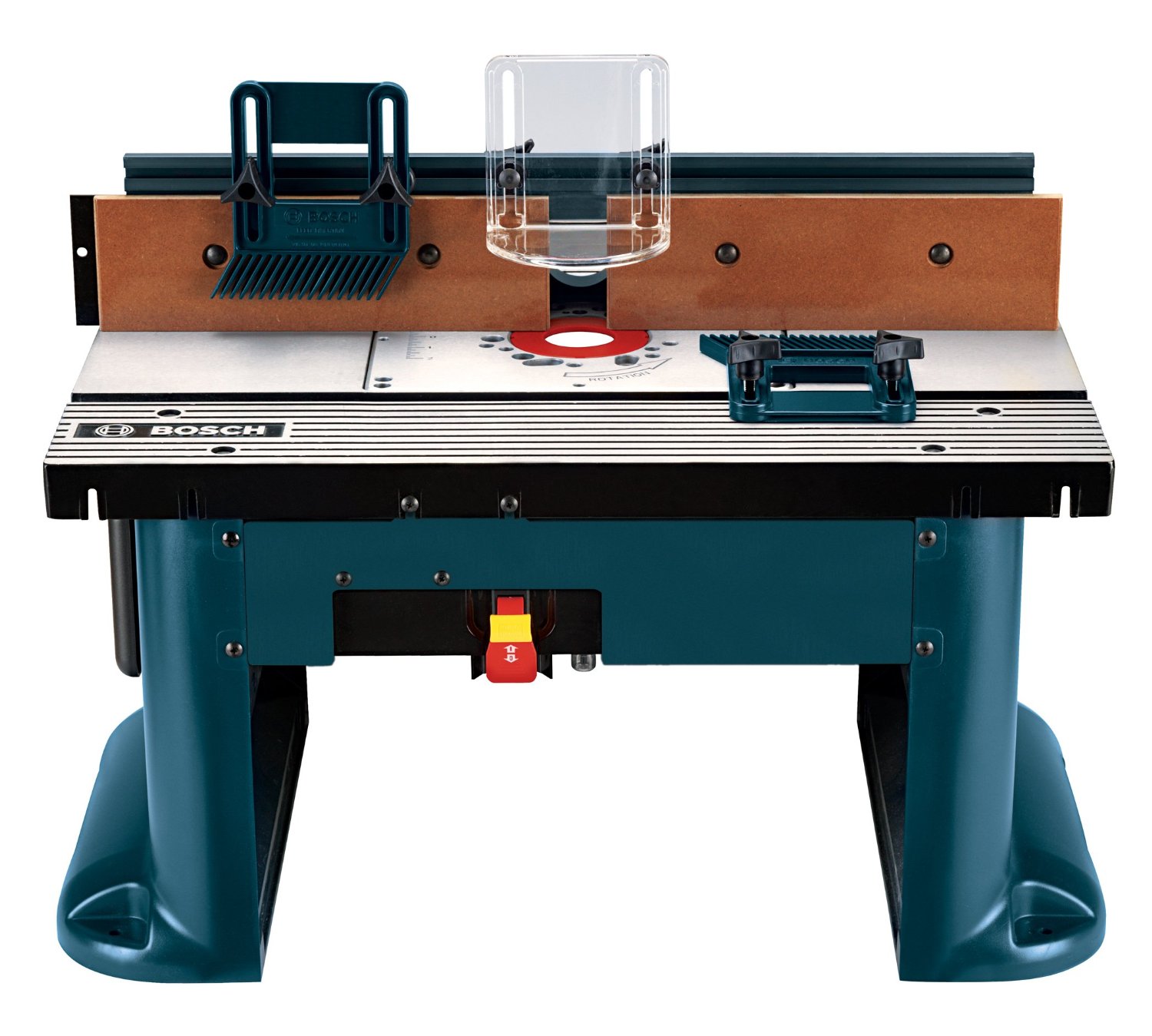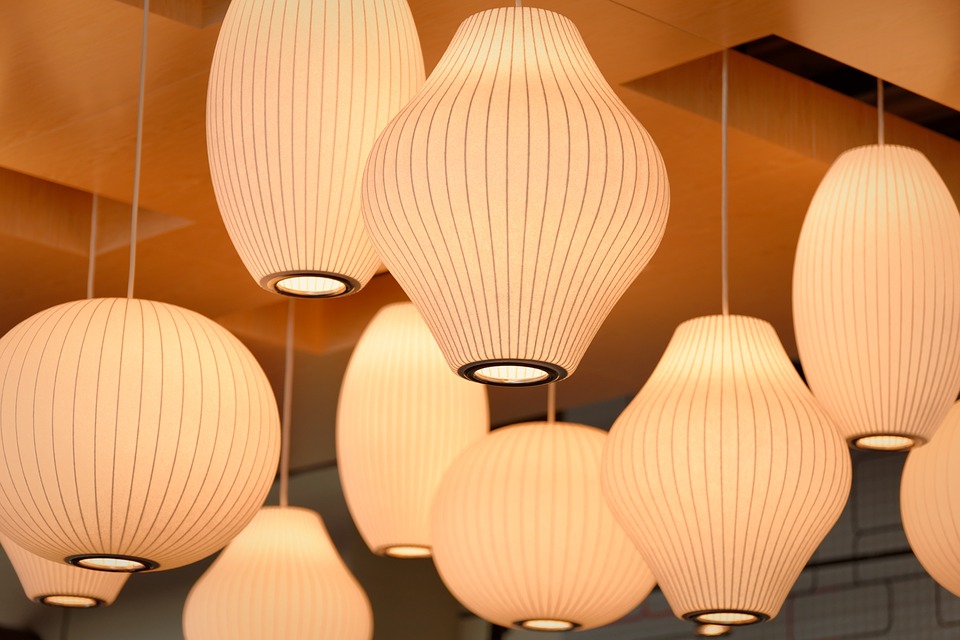With the winter far behind us and the cheating half-rainy half-sunny spring about to leave, it’s finally time to welcome the most beloved season of all – the summer. Although this is the period when we spend most of our time outside, it would only be fair to show our house some sweet summer love and refresh it with joyful and bright elements. For too long your home has been burdened with heavy fabrics, shut windows, heating systems, and all the other remnants of the harsh winter. It’s the time to bring spring cleaning to shame, by giving your house a complete summer facelift. Here are a couple of tips that should help you to do that.
De-Cluttering
Summer does not stand layers and clutter, not in clothes and surely not in the house. So, just like your summer outfits are lightweight and minimalistic, your home décor should also be. One way of de-cluttering is to get all the stuff out, and then put back in just the things you need. If your home is not that burdened with clutter, you can just remove the items you don’t need, or store them into boxes, bins, etc.
Deep Cleaning
If deep cleaning was not a part of your spring endeavor, then you should consider doing it now, so that your home would be fresh and breezy. Some of the things/places that should be deep cleaned are under the sink, oven racks, the oven, the freezer, the curtains, the carpets, the windows, and the furniture. When cleaning the windows, do not forget to clean the blinds too. Don’t use harsh chemicals. Most of the cleaning can be done with DIY cleansers (baking soda, vinegar, lemon, etc.). The carpets and furniture can be cleansed with steam vacuums, so you don’t spread dirt and allergens throughout the air.
Getting Rid of the Wintery Fabrics
The last things you want to look at in your home are layers of heavy and dark fabrics and textures. Replace them with lightweight materials (e.g. heavy drapes with sheer curtains). Get rid of blankets and knitted items. If you have to cover your furniture, use slip-covers in light summery colors.
Letting the Air and the Light In
This is easy – just open your windows and let some air in. Remove curtains for a day or two, just to allow clear passage to sunlight. Afterward, you can use the sheer curtain so that you always have sufficient light.
Seasonal Products as Decorative Elements
If someone were to ask us what is the most beautiful thing about summer, we would instantly reply strawberries (well, right after the beach). So use them and other fruits and vegetables as home décor. Arrange some colorful fruits and vegetables in baskets and bowls and use them as centerpieces. Fresh flowers are a great alternative.
Grow Fresh Herbs
There is nothing more delicious than fresh basil in a salad or on a homemade pizza. So, get creative and make yourself a wall-mounted container garden, where you will be able to plant and plunk herbs. Not only will you add a touch of greenery into your space, but you will always have fresh herbs within your reach.
Outdoor to Indoor
Create a connection between outdoor and indoor by adding some elements you would normally use on your terrace or in the backyard, such as a jute area rug, plants (palms, bamboo, etc.), and some cane and wicker furniture.
Pops of Color
Summer home décor is not as hard to pull off as you might think, basically everything is the same as in fashion. Think about styling your outfit with a colorful accessory, and translate that into your home by adding pops of color in each room. Those can be vases, bed coverings, curtains, rugs, etc. You can start small by adding subtle summer shades like an orange rug in the living room or a teal table runner in the dining room to add a summery pop of color to your home.
Pantry and Refrigerator Do-Over
Here, you really need to give it your best shot. First, get everything outside the fridge and pantry, check the labels for expired items and throw them away. Also, if some products have been opened and not used for an extended period, you should throw them away, even if the expiration date isn’t due yet. Once you are done, put everything back, but arrange the products into groups and types (e.g. dairy goes in the door, cheeses on the upper shelf, meat products on the lower, etc.). Turn all labels facing out, so that you could always see which product you are taking and is it expired.
Summery Scents All-Around
Start with your skincare and hygiene products. Replace the wintery aromas of chocolate, milk, honey, etc. with refreshing scents of fruits and flowers. Move on to air fresheners throughout the house. Go fully natural with homemade fresheners. Some of the common ingredients are lemon, rosemary, orange peel, essential oils, lavender, basil, etc.
As you can see, summer is not reserved exclusively for the outdoors. If you try, you can bring it inside your home. Spring cleaning is so last season.
Read More:



























